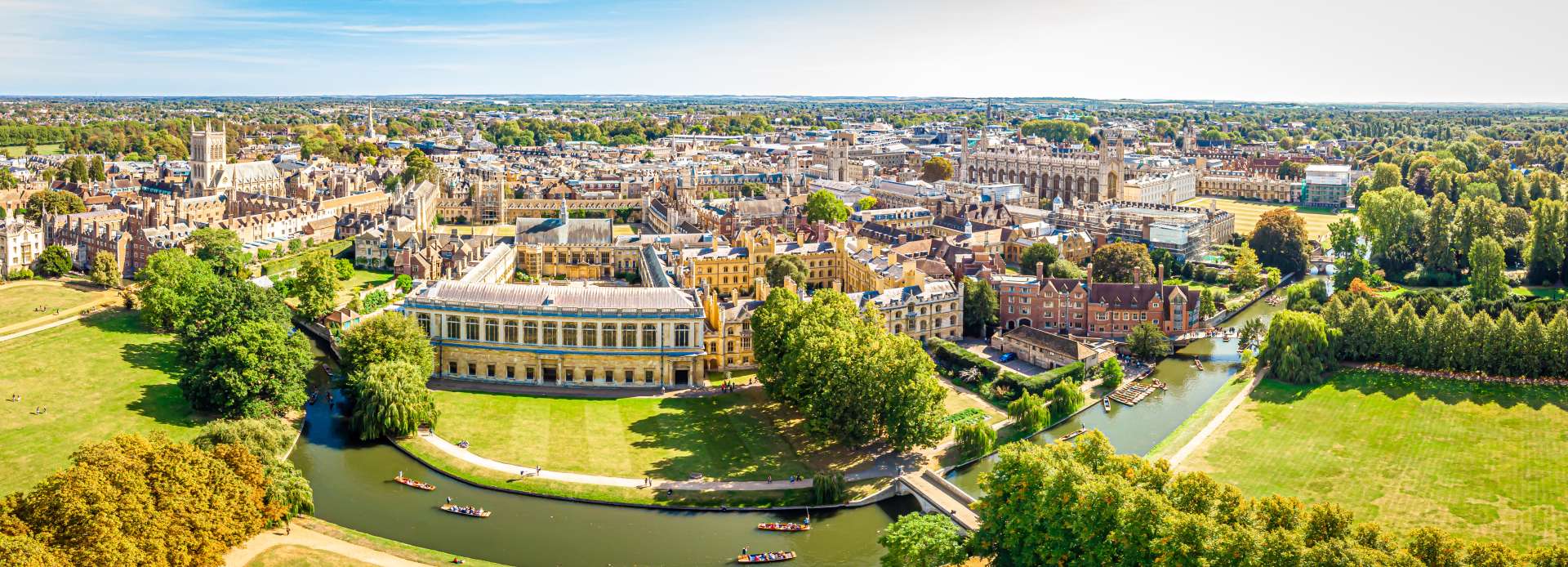
Gloucester Cathedral: A Masterpiece of English Gothic
Discover Gloucester Cathedral — a breathtaking Gothic masterpiece filled with history, music, and timeless beauty 12 College Green, Gloucester, Gloucestershire, GL1 2LX
Specification
A Jewel of English Gothic Architecture
Standing proudly in the heart of Gloucester, Gloucester Cathedral is one of England’s most magnificent and historically significant churches. With its soaring towers, intricate fan vaulting, and centuries of craftsmanship, it perfectly embodies the evolution of English Gothic design.
From royal coronations to blockbuster film sets, this sacred space tells a story of faith, art, and enduring beauty.
A Thousand Years of History
The origins of Gloucester Cathedral trace back to 678–679 AD, when it began as the Abbey of St Peter. The present building was started in 1089 by Norman monks, and much of its Romanesque foundation still survives today.
In 1327, history was made when King Edward II was buried here — his tomb transformed the abbey into a royal pilgrimage site, spurring the expansion of its stunning Gothic architecture.
When Henry VIII dissolved the monasteries in the 1530s, the abbey survived by becoming Gloucester’s new cathedral — one of the few monastic churches to make this transition.
Today, it remains an active place of worship and one of Britain’s most treasured architectural masterpieces.
Exploring Gloucester Cathedral
1. The Nave and Great East Window
As you enter, the Norman nave immediately commands attention with its massive pillars and high arches. At the far end lies the Great East Window, completed around 1350, which remains one of the largest medieval stained-glass windows in Europe.
Depicting scenes from the life of Christ, it bathes the cathedral in soft, multicoloured light — an unforgettable sight.
2. The Choir and Lady Chapel
The choir showcases exquisite Perpendicular Gothic design, with intricate stone carvings and a magnificent vaulted ceiling. The adjoining Lady Chapel, added in the 15th century, offers a peaceful retreat filled with carved angels and medieval glass.
3. The Cloisters
The cathedral’s cloisters are among the finest in England — famous worldwide for their fan vaulting, an architectural innovation that spread across Europe. Their serene beauty also made them an iconic filming location for several Harry Potter movies, including scenes set in Hogwarts School.
If you love sacred architecture, you’ll also enjoy York Minster
Art, Music, and Faith
Beyond its architecture, Gloucester Cathedral is a vibrant cultural centre. The cathedral choir, dating back to the 11th century, is one of the oldest in the world and performs during services and concerts.
Art exhibitions, community projects, and candlelit events also fill the calendar, blending ancient traditions with contemporary creativity.
The tower, which rises 225 feet, can be climbed on guided tours — offering breathtaking views across Gloucester and the Cotswolds.
Visiting Gloucester Cathedral
Address: 12 College Green, Gloucester, Gloucestershire, GL1 2LX
By train: 10-minute walk from Gloucester Station.
By car: Nearby car parks at Westgate Street and Gloucester Quays.
By bus: Regular routes stop near College Green.
Opening Hours:
Open daily for sightseeing and worship. Entry is free, but donations are encouraged.
Learn more at the Gloucester Cathedral official website
Nearby Attractions
Gloucester Docks: Historic warehouses, cafés, and the National Waterways Museum.
Museum of Gloucester: Explore the city’s Roman and medieval past.
Gloucester Quays: Shopping, dining, and leisure by the water.
Tewkesbury Abbey: Another stunning example of Norman architecture nearby.
Together, these sites make a fascinating Gloucestershire heritage trail
Why Visit Gloucester Cathedral?
Gloucester Cathedral is more than a church — it’s a masterpiece of faith, history, and craftsmanship. Its soaring architecture, vibrant community, and cinematic beauty make it one of England’s most remarkable spiritual landmarks.
Walk through the cloisters, gaze at the stained glass, and stand in awe of a thousand years of human artistry.


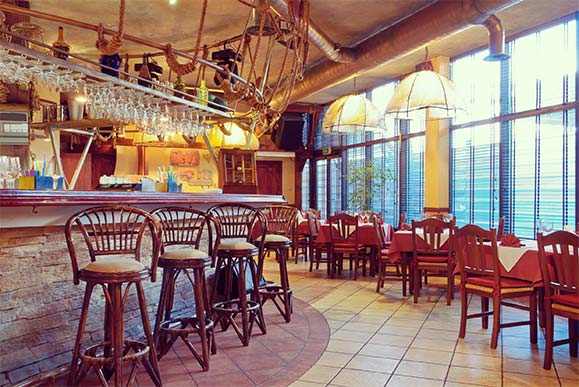
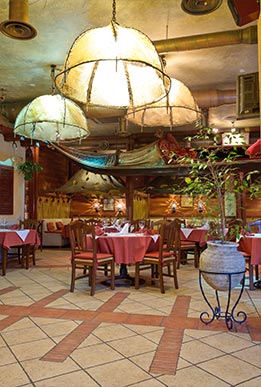
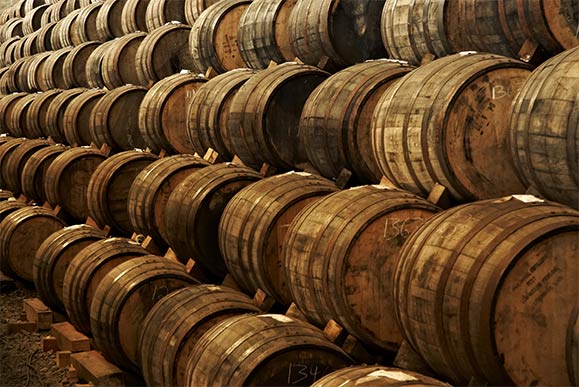
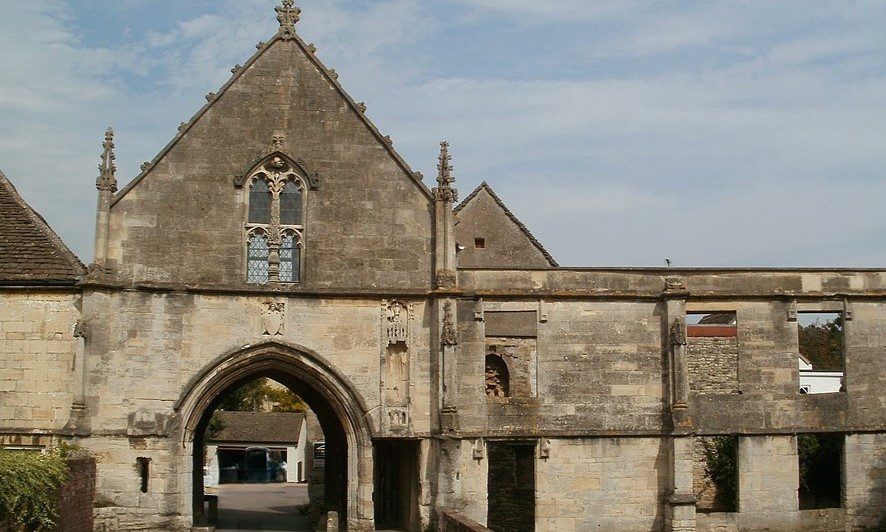
No Reviews